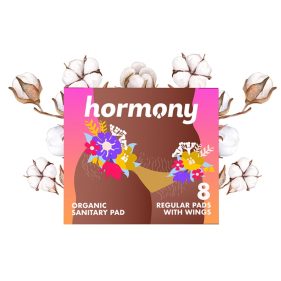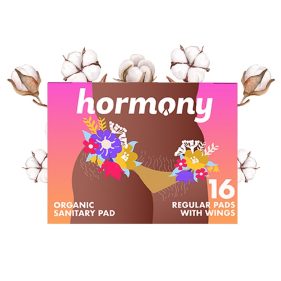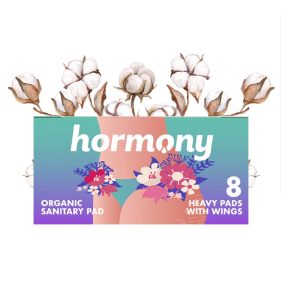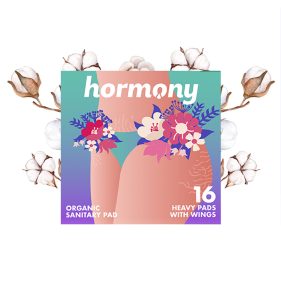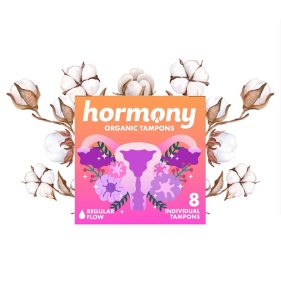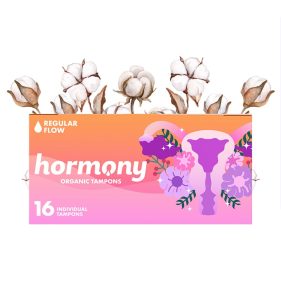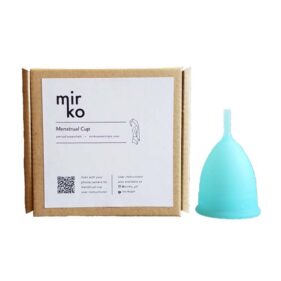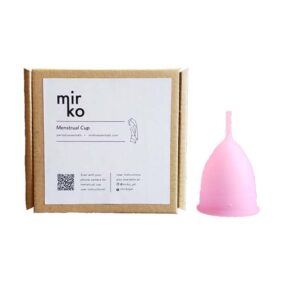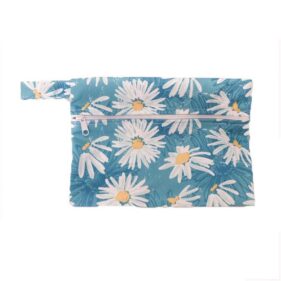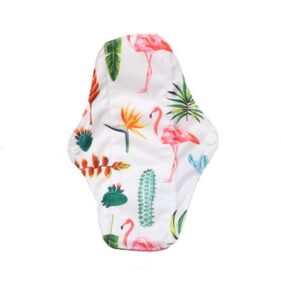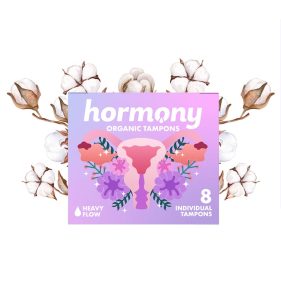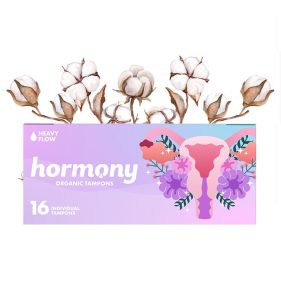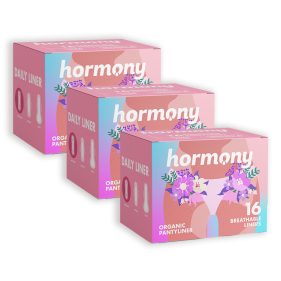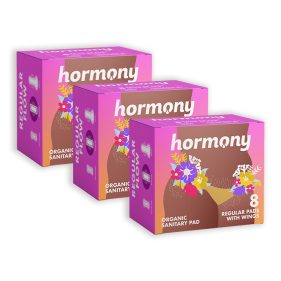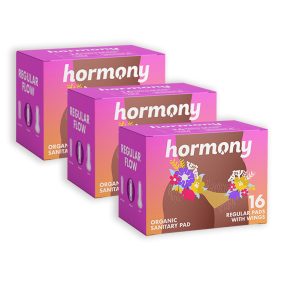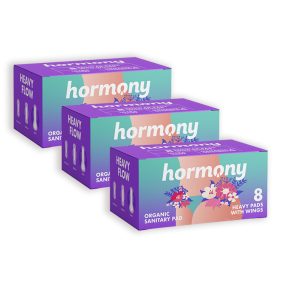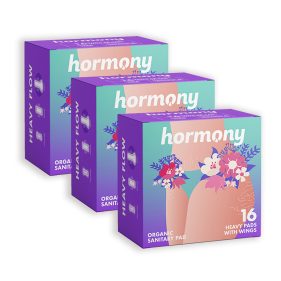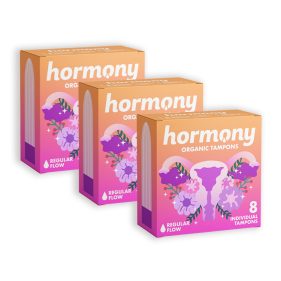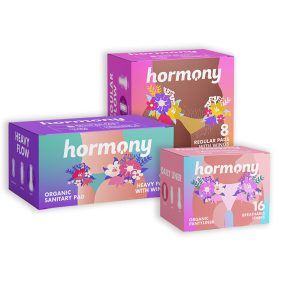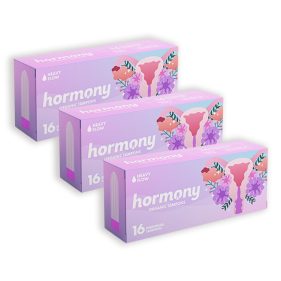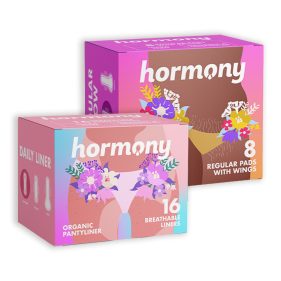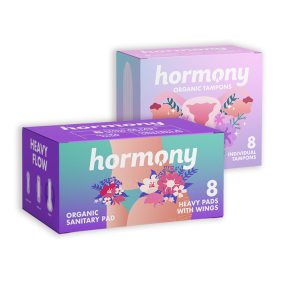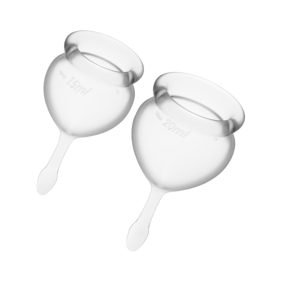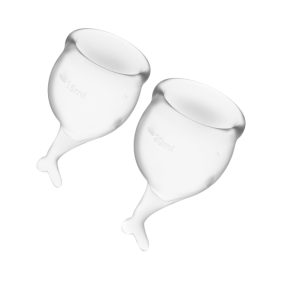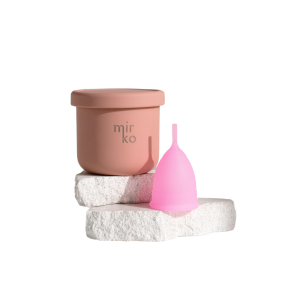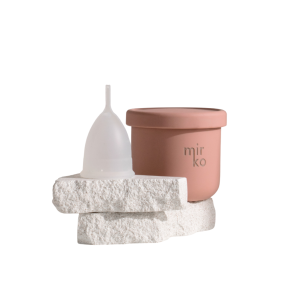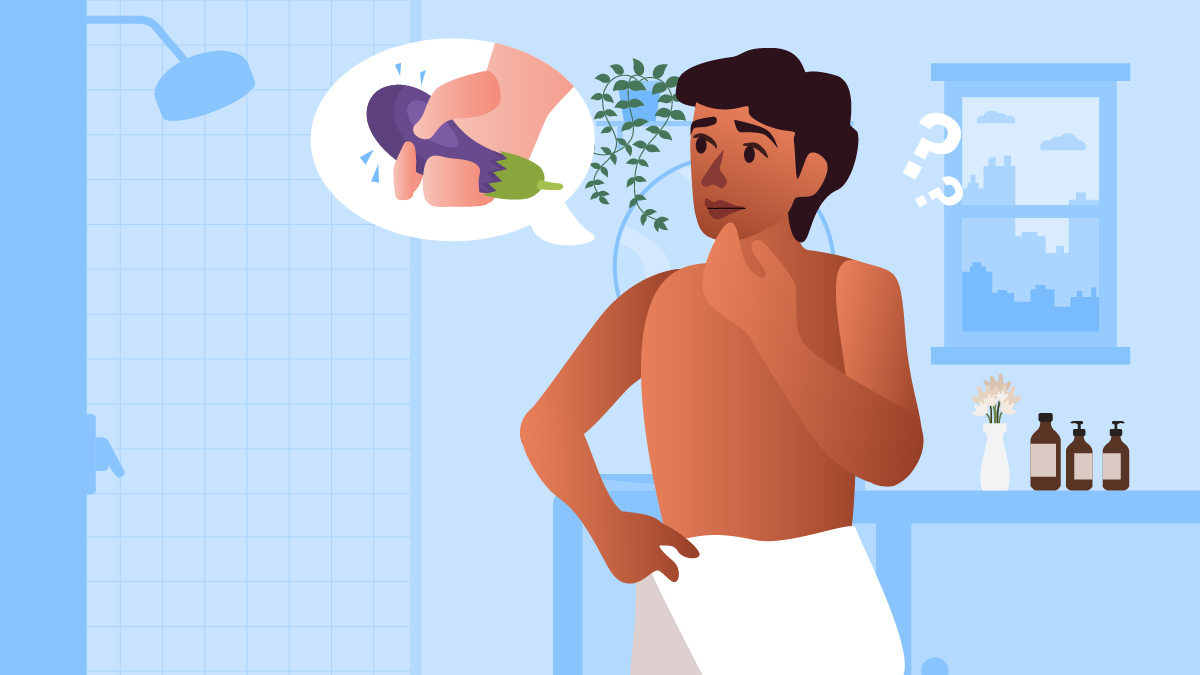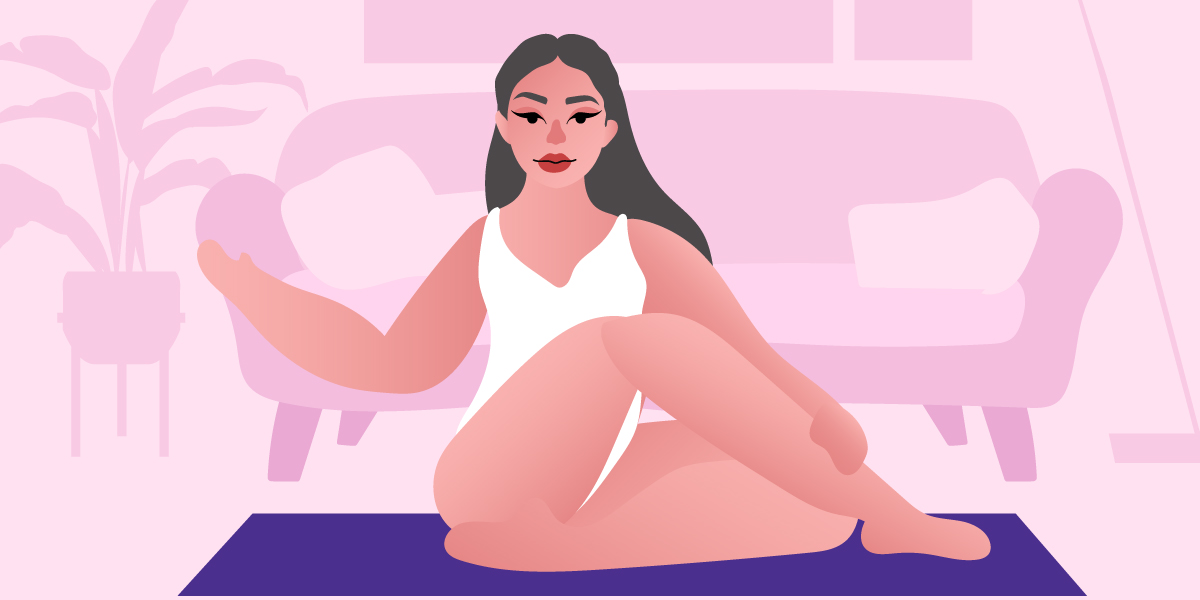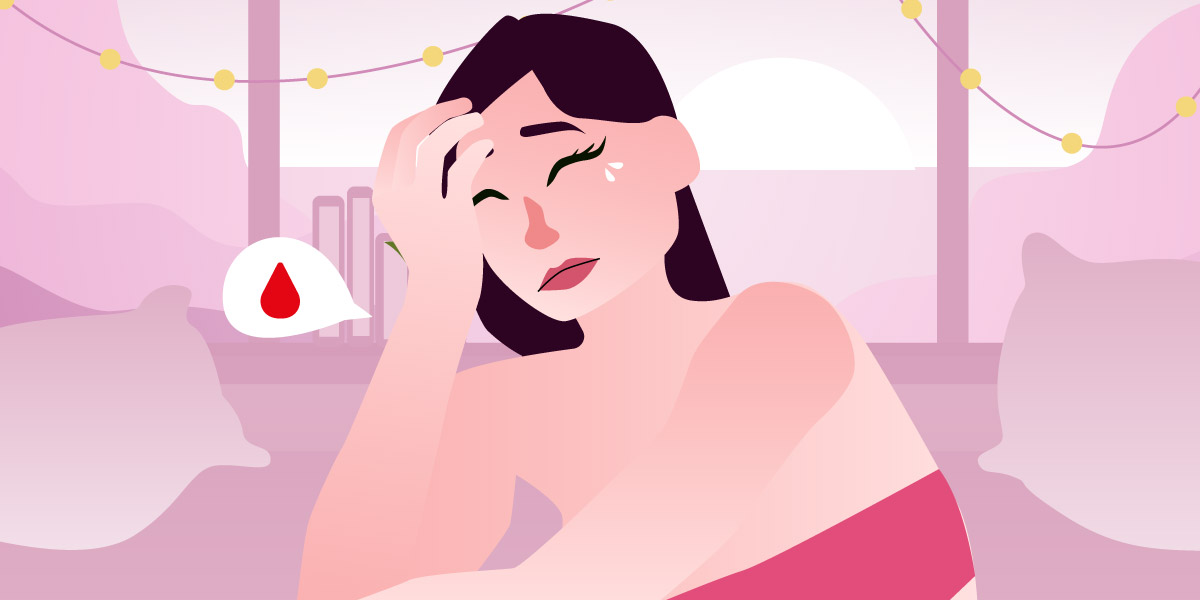
Menstruation is a universal experience, but period myths still circulate among peers, on the internet, and in mainstream media. These misconceptions can mislead menstruators into practices that may do more harm than good.
This guide will explore some of the most common menstrual misconceptions, reveal the facts, and provide medically-backed information to clear up the confusion.
1Myth: “You should start menstruating at a certain age.”

During health class, you’ve probably heard that periods usually start between ages 11-15. While this is common, not everyone gets their period within this range. Some start earlier, and others later.
Although some menstruators may have underlying conditions affecting when their period begins, most people have their own unique timing. So, it doesn’t necessarily mean something’s wrong with your body if you don’t fall into that “normal” age range.
2Myth: “Applying your first period blood on your face will clear your acne.”
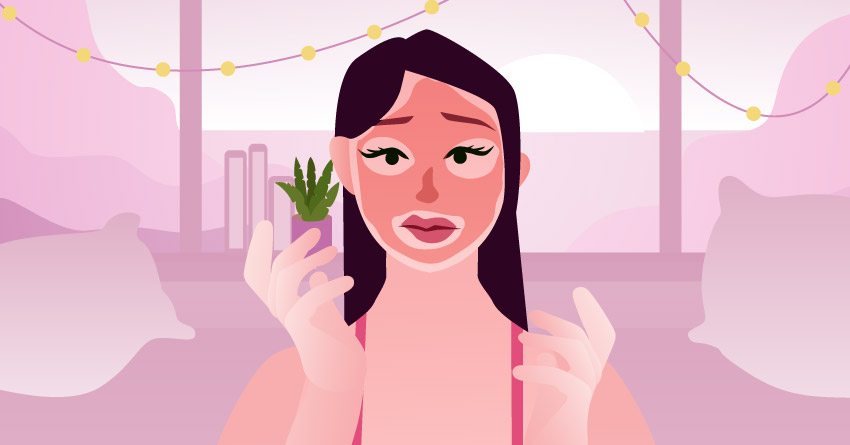
A common superstition in the Philippines says you should smear your first menstrual blood on your face to ensure an acne-free puberty. While it may sound bizarre, thousands of teenage menstruators (author included) have been encouraged to try this ritual.
It’s even a current wellness trend on TikTok, known as “menstrual masking.” Menstruators from various countries are embracing this to connect with their bodies. On the other hand, some believe that it helps absorb nutrients from period blood into the skin. In fact, a study suggests that menstrual stem cells (MenSCs) show promise in creating skin cells, which could be used to treat various skin conditions and diseases without invasive procedures.
However, dermatologists and skin experts strongly advise against this practice. Period blood contains more than just blood—it also carries biological components like cervical mucus, uterine lining, and clots, which can lead to inflammation or infections.
3Myth: “Every menstruator experiences the same symptoms.”

When menstruation is shown in the media, it’s often portrayed with the same symptoms: the character is grumpy, craving sweets, staying in because of cramps, and dealing with quick mood swings. While there’s some truth to this, not everyone experiences the same symptoms during their period.
In addition to mood changes, food cravings, and cramps, menstruators may also experience low energy, constipation, sleep issues, joint pain, bloating, muscle aches, headaches, breast tenderness, and lower back pain. It’s different for everyone.
4Myth: “Period cramps aren’t that bad…”
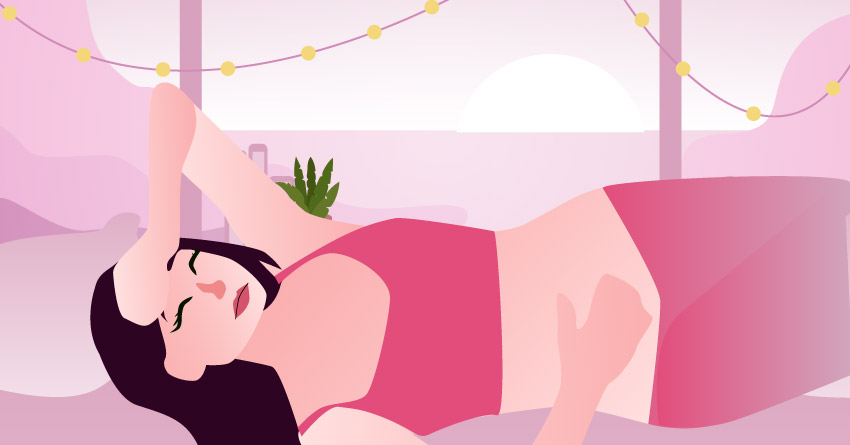
One common myth that non-menstruators often believe is that period cramps aren’t that painful and menstruators are just “overreacting.”
The reality is that period cramps vary in intensity, and menstruators can experience different levels of pain each month. Some may feel mild discomfort that’s annoying, while others endure such intense pain that they can’t even get out of bed; some testimonials are comparing the pain of menstrual cramps to that of a heart attack.
There are even videos of non-menstruators using period pain simulators, and you can see their agony when they reach just the halfway point. And keep in mind, they only experience that pain for a few seconds, while most menstruators endure it every month.
People who experience severe cramping may be dealing with conditions like Endometriosis, Fibroids, Polycystic Ovary Syndrome (PCOS), Pelvic Inflammatory Disease (PID), or Cervical Stenosis. Others naturally have intense cramps, while some may have lower pain tolerance, making the experience feel even worse.
Dismissing period pain as “not that bad” invalidates the experiences of menstruators. If you see a friend, partner, or family member struggling with intense cramps, the best thing you can do is offer support—whether it’s a helping hand, their favorite comfort foods, or simply acknowledging their pain. Telling them their cramps “aren’t that bad” is anything but supportive.
5Myth: “Jumping off the last three steps three times will shorten your period to 3 days.”
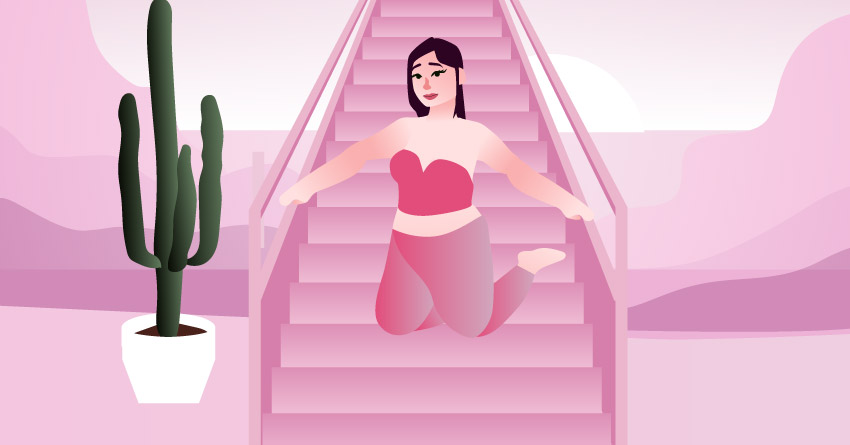
In some Philippine superstitions, new menstruators are told to jump three times from the last three steps of the stairs to make their period shorter. But don’t worry, there’s no truth to this old trick!
According to Medical News Today, your period length is really affected by things like your age, body weight, medications, and any underlying reproductive health conditions.
6Myth: “You can’t have sex during your period.”
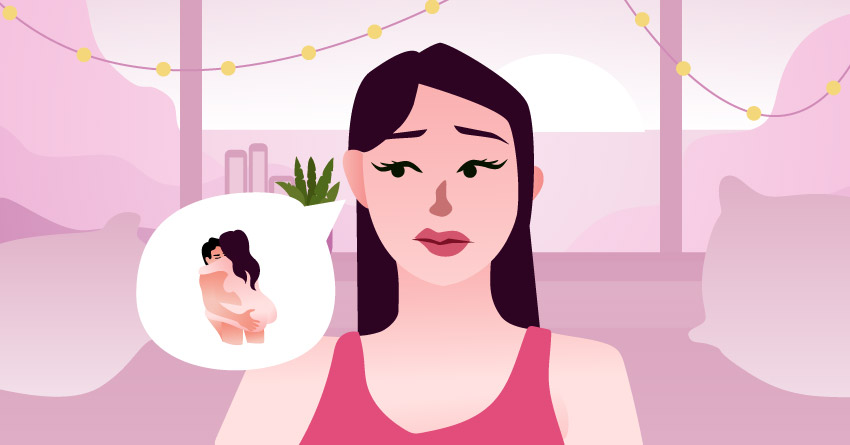
Some people worry that having sex during your period might lead to a longer cycle or heavier flow. However, there’s no solid evidence supporting these concerns.
Some sex educators and medical professionals even suggest that having sex or masturbating during your period can actually help relieve cramps, thanks to the endorphins released during orgasm— there’s even a study about the benefits of menstrubation (masturbation during menstruation) led by the sexual wellness brands Womanizer and Lunette. Plus, many people experience a higher sex drive at the start of their period, which can make your sexcapades hotter than ever.
7Myth: “Having sex on your period keeps you safe from pregnancy.”
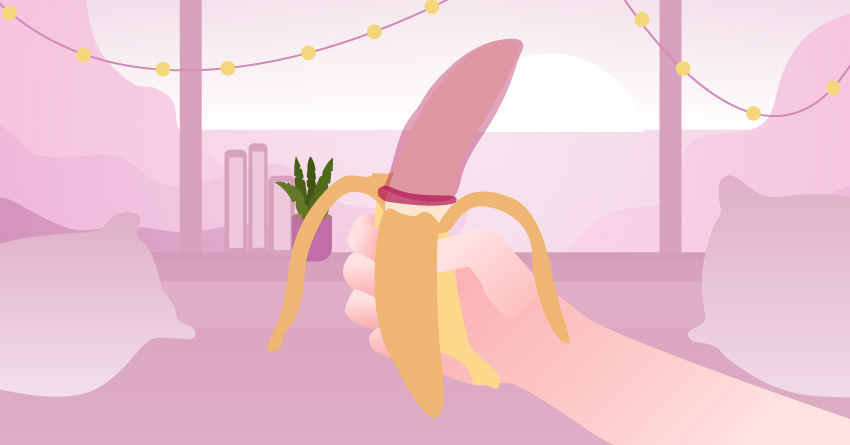
While some people view period sex as inherently risky, others might think it’s a free pass to skip condoms and have unprotected fun. Even though the chances of getting pregnant during your period are low, it’s not impossible. So, to protect yourself from unintended pregnancies and sexually transmitted infections, keep the love glove on!
8Myth: “You can’t exercise or lift anything during your period.”
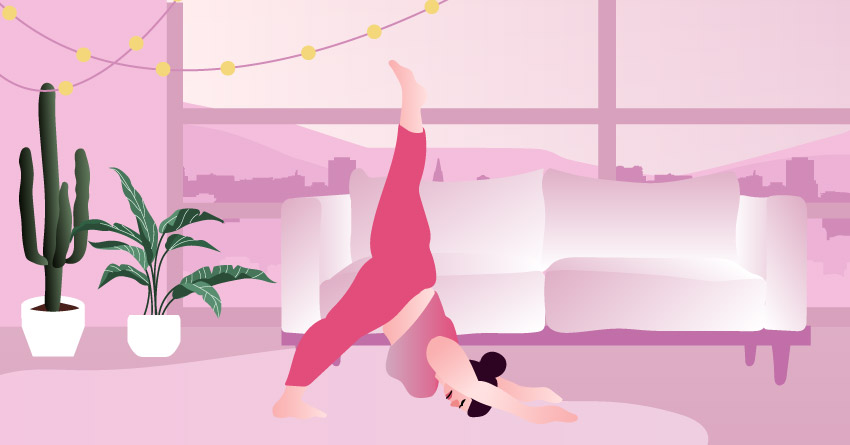
Another common myth is that you should avoid exercise during your period. While many menstruators prefer to take it easy on their red days, that doesn’t mean everyone has to. In fact, exercising during your period can have several benefits, like a lighter flow, improved mood, and reduced menstrual symptoms. So, if you’re up for it, stay active!
When it comes to exercise during your period, it’s best to stick with the workouts you’re used to, but consider reducing the sets or lowering the intensity. Don’t push yourself too hard, especially if you’re dealing with cramping, lower back pain, or low energy. Listen to your body and adjust as needed to stay comfortable.
-
₱850.00
-
₱850.00
-
₱120.00
-
₱150.00
9Myth: “Your cycle can sync with another menstruator over time.”
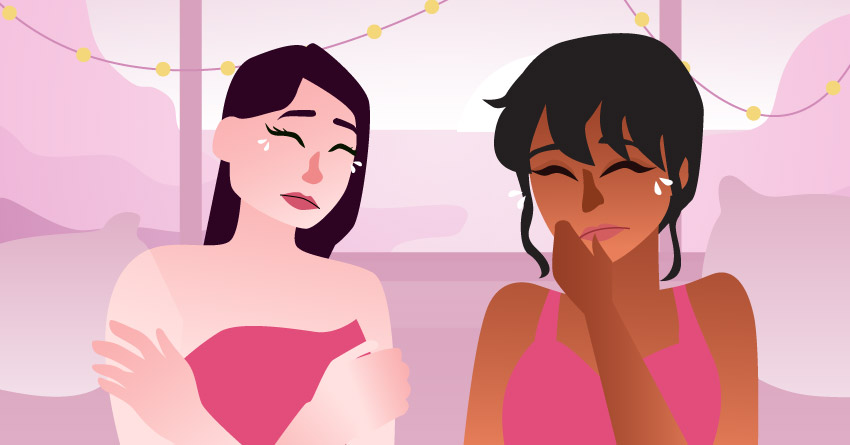
If you’re a fan of Modern Family, you might recall a scene from Season 3 where Haley, Alex, and Claire end up syncing their periods. This leads to classic period stereotypes—irritability, crying, and a lack of focus. Though period syncing has led to some entertaining scenes in the show, there’s no solid evidence of its existence.
Period syncing, also known as menstrual synchronization, McClintock effect, or Wellesley effect, is the idea that people who live together or spend a lot of time together will eventually have their periods occur simultaneously. This concept originated from a study by Martha McClintock, which observed 135 Wellesley College students. However, subsequent research has largely debunked this theory, showing that menstrual syncing is more fiction than fact.
10Myth: “You can’t take a bath when you’re menstruating.”
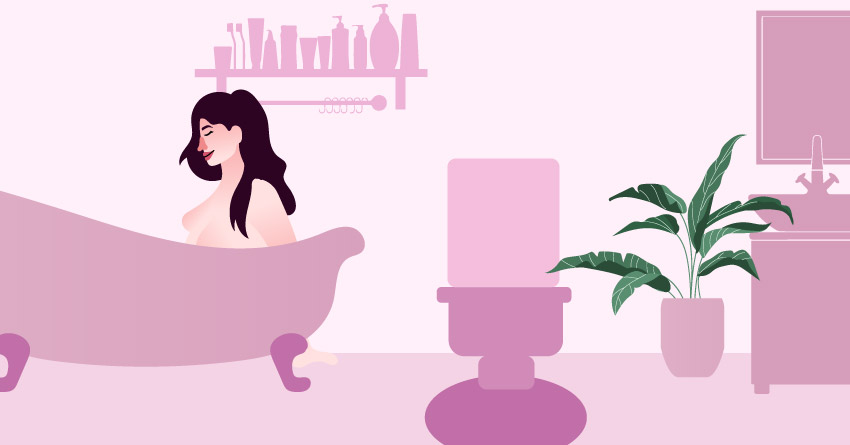
Some people believe that taking a bath during your period can negatively affect your menstrual flow. Not only is this belief incorrect, but it’s also potentially harmful. Maintaining personal hygiene is crucial during your period, and bathing is an important part of that routine.
11Myth: “You can’t swim while menstruating.”

One of the popular period myths is that you can’t swim during your period. People often worry about things like water causing infections or blood flowing while swimming, which could be embarrassing.
The truth is, you can swim safely during your period as long as you use a tampon or menstrual cup. With the right protection, you can enjoy your swim without mess or stress! And even though a small amount of blood may be released, it won’t be as noticeable as you might think— you won’t leave a trail of blood behind you.
-
Original price was: ₱420.00.₱378.00Current price is: ₱378.00.
-
Original price was: ₱360.00.₱324.00Current price is: ₱324.00.
12Myth: “Sharks and bears are drawn to period blood.”

Related to the previous myth, some people believe swimming in the ocean during your period could attract sharks because they are drawn to blood. Similarly, there’s a belief that bears might be attracted to menstruators on hikes, as some think they can smell menstrual blood from a distance.
These notions are nothing but false claims. First, let’s address the idea that menstrual blood could lead to a shark attack. There are no studies or solid evidence showing that sharks are more likely to attack someone on their period. In fact, historical data reveals that over 80% of recorded shark bites involve men. Plus, if you’re using tampons or a menstrual cup, very little blood will actually be released into the ocean.
As for the idea that bears might attack menstruating hikers, it stems from a tragic incident in 1967, known as the “Night of the Grizzlies,” where two women were separately attacked and killed by grizzly bears in Glacier National Park, Montana. This tragedy led to the misconception that menstruation was a factor.
In reality, only one of the women was menstruating, and there are no other records of menstruating women being specifically targeted by bears. So, this belief is simply unfounded.
13Myth: “Using a tampon can devirginize you.”
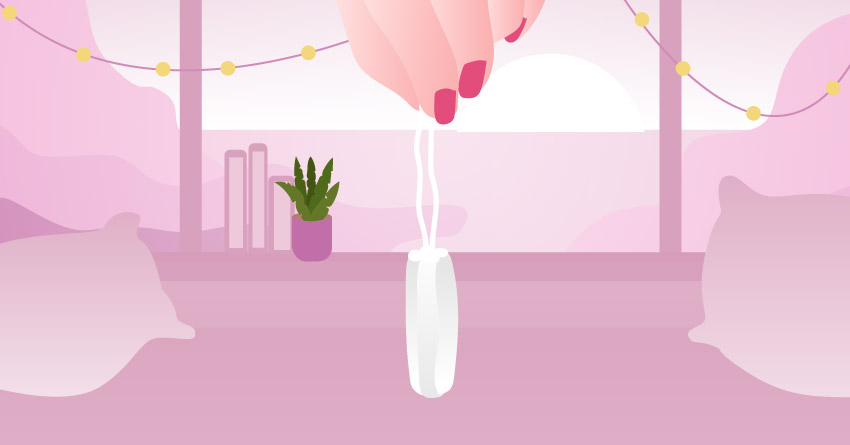
Using a tampon doesn’t mean you’ve experienced sex. Virginity is mostly a social concept rather than a strictly medical or physical condition. So, using tampons, menstrual cups, or other insertable items doesn’t affect your virginity status if you haven’t had sex.
The idea of virginity is influenced by cultural and personal beliefs, but ultimately, only you have control over your own experiences.
14Myth: “Period blood is dirty and harmful.”
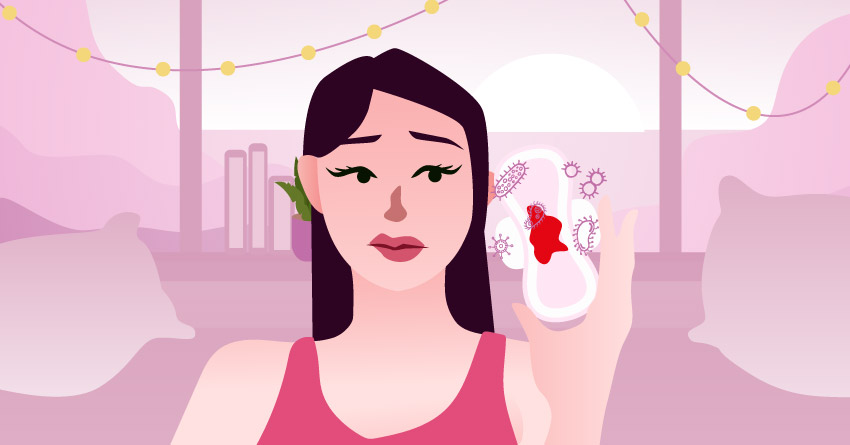
One of the common period myths is that menstrual blood is full of “toxins” that need to be removed from the body. This isn’t true. Menstrual blood is a mix of blood, tissue from the lining of your uterus, cervical secretions, and other components.
To understand this better, let’s look at how menstruation works.
The menstrual cycle is more than just the days you have your period. It’s a month-long biological process where your body prepares for a potential pregnancy. During this cycle, your ovaries prepare an egg for release during ovulation, while your uterus builds up a new lining in case the egg gets fertilized and needs a nurturing environment.
If fertilization doesn’t occur, the egg breaks down, and the body produces prostaglandins (like Prostaglandin F2alpha and Prostaglandin E2) that cause the uterine muscles to contract. These contractions, along with shrinking blood vessels and the breakdown of the uterine lining, lead to the flow of menstrual blood.
15Myth: “You can just hold your period like pee.”
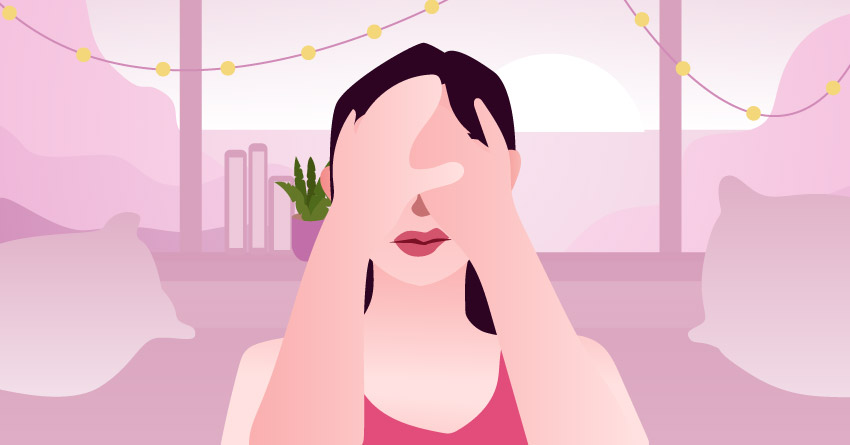
Another myth that floats around is the idea that you can control your period like you can with urination. This is a big nope. Unlike urine, which exits through the urethra and can be controlled by sphincters, menstrual blood flows from the vagina, which doesn’t have the same kind of control mechanism.
16Myth: “You can’t pee during your period.”
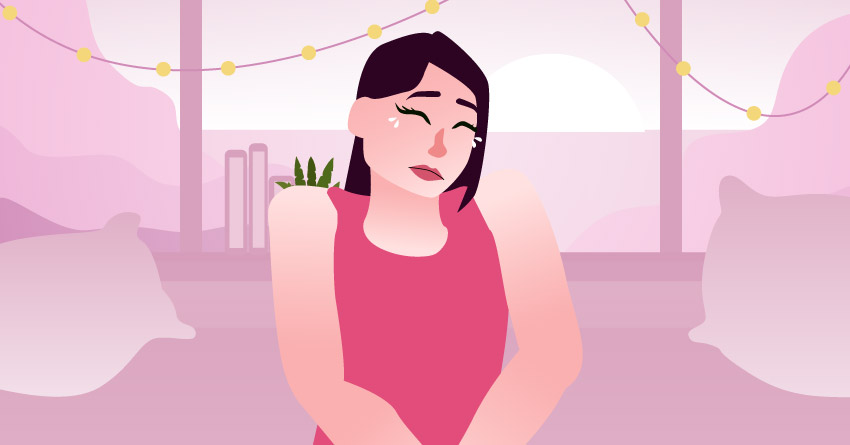
Related to the previous myth, some people think you can’t pee during your period because the blood might block or mix with the urine. That’s not the case, though, as pee and period blood come from two separate openings.
Menstrual blood exits from the vagina, which is at the lower part of the vulva, while urine exits from the urethra, a small hole positioned in the middle of the vulva. So, you can easily pee without any issues, even while on your period.
17Myth: “You only need one pad per day.”

Another common myth is that you only need one menstrual pad daily or until it feels incredibly heavy. Medical experts recommend changing your pad at least every 4 to 8 hours, depending on your flow and the type of pad you’re using.
Not changing it regularly can lead to discomfort, leaks, and unpleasant odors. It might also increase the risk of infections. That said, keeping up with regular changes helps ensure you stay comfortable and hygienic throughout your period.
18Myth: “The heaviness of your flow depends on your body size.”
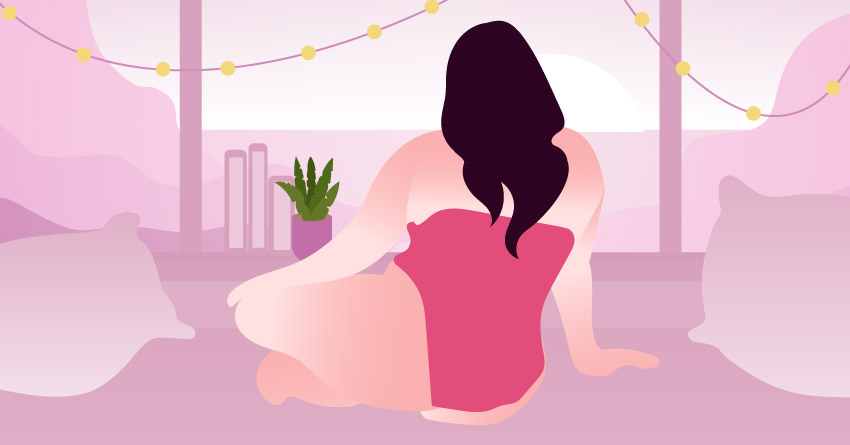
Another silly misconception is that the heaviness of your period flow depends on your size.
This myth likely comes from the way menstrual products are labeled. Some brands use sizes like S, M, and L for their pads and tampons, leading to the assumption that “L” is for plus-sized menstruators, “M” is for medium-sized ones, and so on. Please note that these sizes are just for different flow levels and do not relate to your body size.
The truth is, everyone experiences their period differently. Some people have a lighter flow, while others might have heavier bleeding due to various conditions. The amount of menstrual blood released is not determined by your body weight.
-
Original price was: ₱630.00.₱567.00Current price is: ₱567.00.
-
Original price was: ₱480.00.₱432.00Current price is: ₱432.00.
-
Original price was: ₱840.00.₱756.00Current price is: ₱756.00.
-
Original price was: ₱495.00.₱445.50Current price is: ₱445.50.
19Myth: “Menstrual pads are being attached to the vagina.”

Another myth, though not widely believed, is that menstrual pads are somehow attached directly to the vulva. For those unfamiliar with how pads work, they actually come with an adhesive that sticks to the middle part of your underwear. This adhesive keeps the pad in place, so you can wear the undies comfortably throughout your period.
-
Original price was: ₱420.00.₱378.00Current price is: ₱378.00.
-
Original price was: ₱1,050.00.₱945.00Current price is: ₱945.00.
-
Original price was: ₱260.00.₱234.00Current price is: ₱234.00.
-
Original price was: ₱355.00.₱319.50Current price is: ₱319.50.
20Myth: “All pads and tampons are the same— just go with the cheapest!”
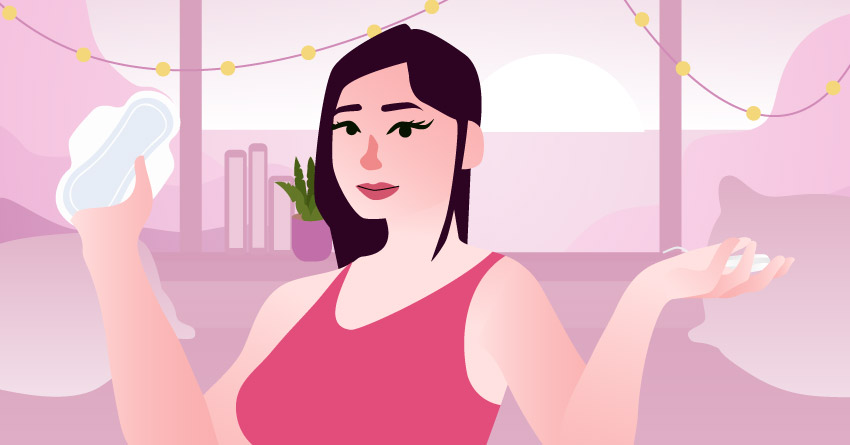
Some people assume that all period products are the same, so you should just go with the cheapest option to save money.
Different products vary widely regarding absorbency levels, adhesive quality, and cotton softness. Some brands are also more sustainable than others, using organic materials that degrade more quickly. So, it’s worth considering these factors when choosing your period products.
Also, listen to your body. Even if a product is highly recommended by family, friends, or your favorite wellness influencer, opt for what feels right. If the shape or texture of a product doesn’t suit you, it’s best to explore other options until you find one that fits your needs.
-
₱980.00
-
₱980.00
Takeaway
Some period myths can be harmful, so reading and understanding this guide is essential. By doing so, you’ll help spread the word and bust those myths wide open.
For a deeper understanding of your body and menstrual cycle, we recommend exploring additional resources both online and offline. You should also have regular check-ins with your OB-GYN and healthcare provider to stay informed and address any problems.


